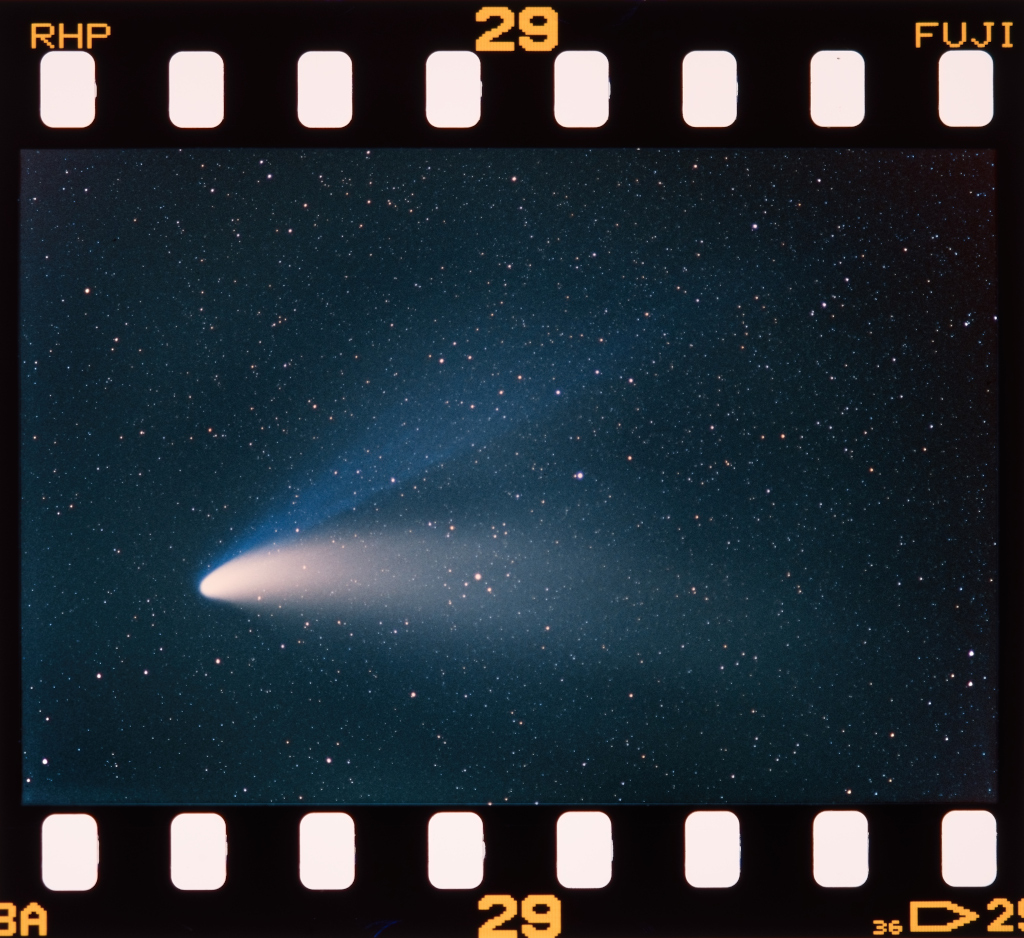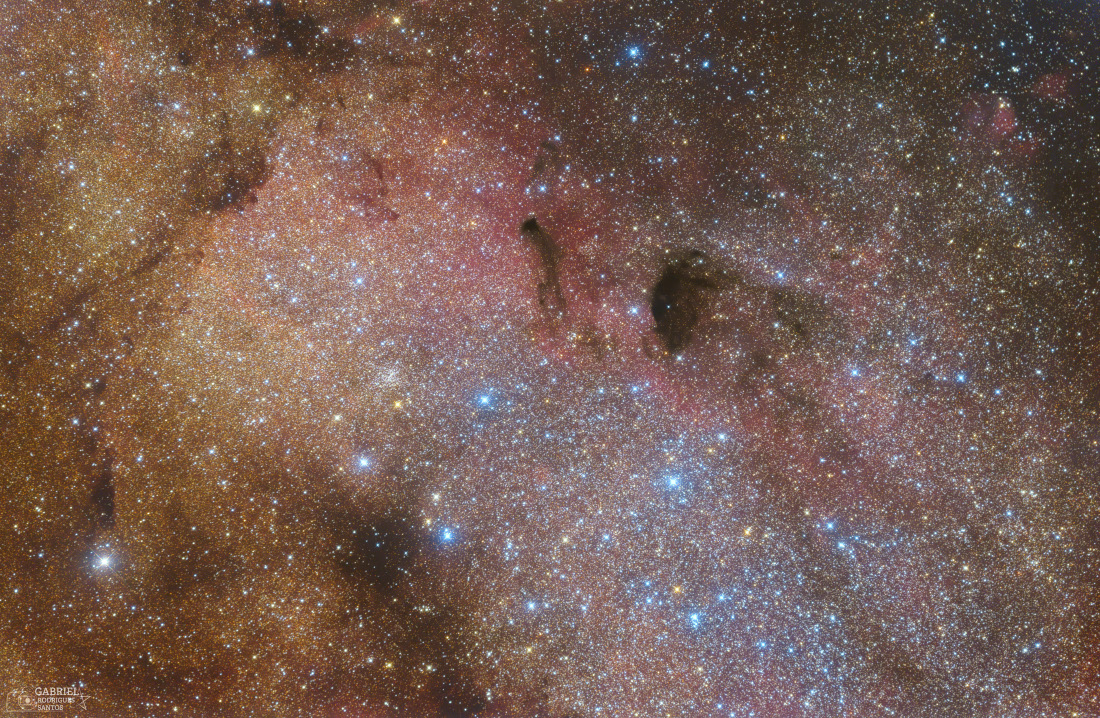
Axiom Mission 1 at Pad 39A and Artemis I at Pad 39B


Four private astronauts are in orbit following the successful launch of Axiom Mission 1 (Ax-1), the first all private astronaut mission to the International Space Station.
from NASA https://ift.tt/04tjnUD
via IFTTT


NASA has awarded ANSYS Inc of Canonsburg, Pennsylvania, a contract to provide a suite of modeling and simulation tools including capabilities in the following engineering disciplines: structures, crash, thermal, fluids, photonics, semiconductors, electromagnetics, materials, mission, test, evaluation, and orbit determination.
from NASA https://ift.tt/49WcR6t
via IFTTT


Five universities were chosen by NASA for grants to provide students with opportunities to design research experiments that will be conducted on the International Space Station.
from NASA https://ift.tt/WcQxUBF
via IFTTT

